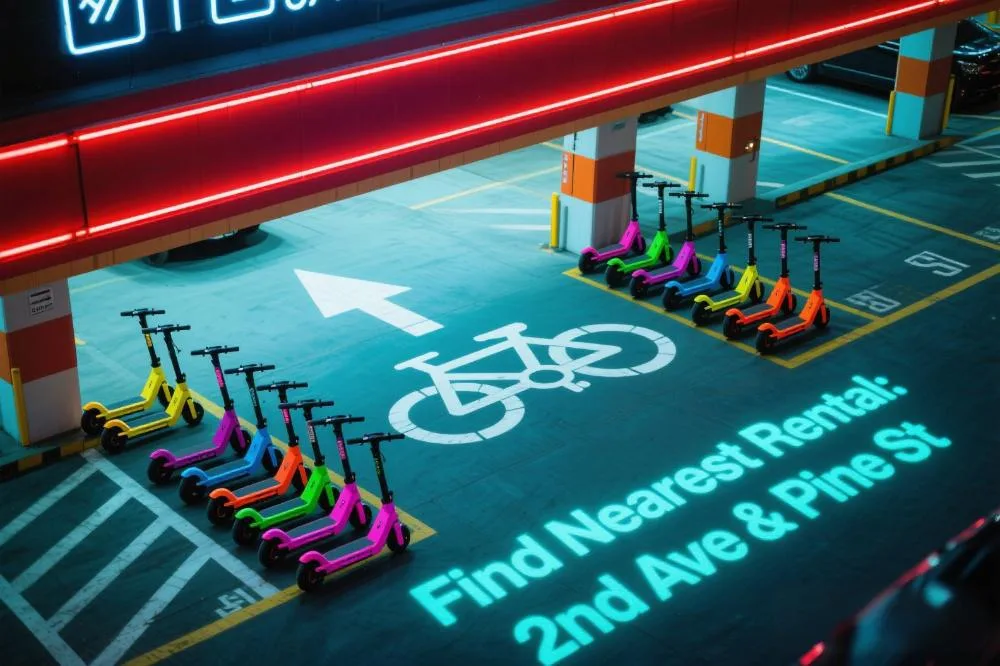where can i ride an e-scooter
Understanding E-Scooter Riding Zones Electric scooters have become a popular urban mobility solution across Western cities. According to the 2025 EU Urban Mobility Authority report, over 60% of European cities have established dedicated e-scooter networks, while major U.S. cities increased dedicated lane coverage from 32% in 2020 to 58% in 2025. However, regulations vary significantly between regions, often confusing riders about permitted areas. This guide systematically analyzes legal riding zones in Western cities, including bicycle lane rules, sidewalk restrictions, roadway exceptions, and park access policies. We’ll also provide practical tools for zone verification, intercity riding considerations, and violation avoidance strategies to help you navigate different areas safely and legally. 1. Urban Roadway Regulations Bicycle Lane Usage remains the most common option, permitted in 87% of European and 79% of North American cities (Statista 2025). In cycling-friendly cities like Amsterdam and Copenhagen, e-scooters must follow bicycle traffic rules, including keeping right and using hand signals. Notably, Paris and Berlin feature e-scooter-specific lanes marked with green pavement and special icons. According to Novascooter user data, using dedicated lanes reduces accident risks by 43% in these cities. Sidewalk Restrictions vary significantly. The UK Department for Transport’s 2025 rules explicitly prohibit e-scooters on all sidewalks (except designated shared zones). U.S. regulations differ by state—California permits sidewalk riding below 15km/h while New York City completely bans it. Always check local transportation websites or operator apps before riding in unfamiliar areas. Pro tip: Observe local rider behavior—if you see no other e-scooters, the area likely prohibits them. Roadway Exceptions require special attention. Most Western cities forbid e-scooters on vehicle lanes, though exceptions exist in Milan and Seattle for residential streets with 30km/h speed limits. Germany’s 2025 regulations mandate helmets and front/rear lights for roadway riders. Critical safety note: Even where legal, roadway riding carries 3.7× higher accident rates than…













